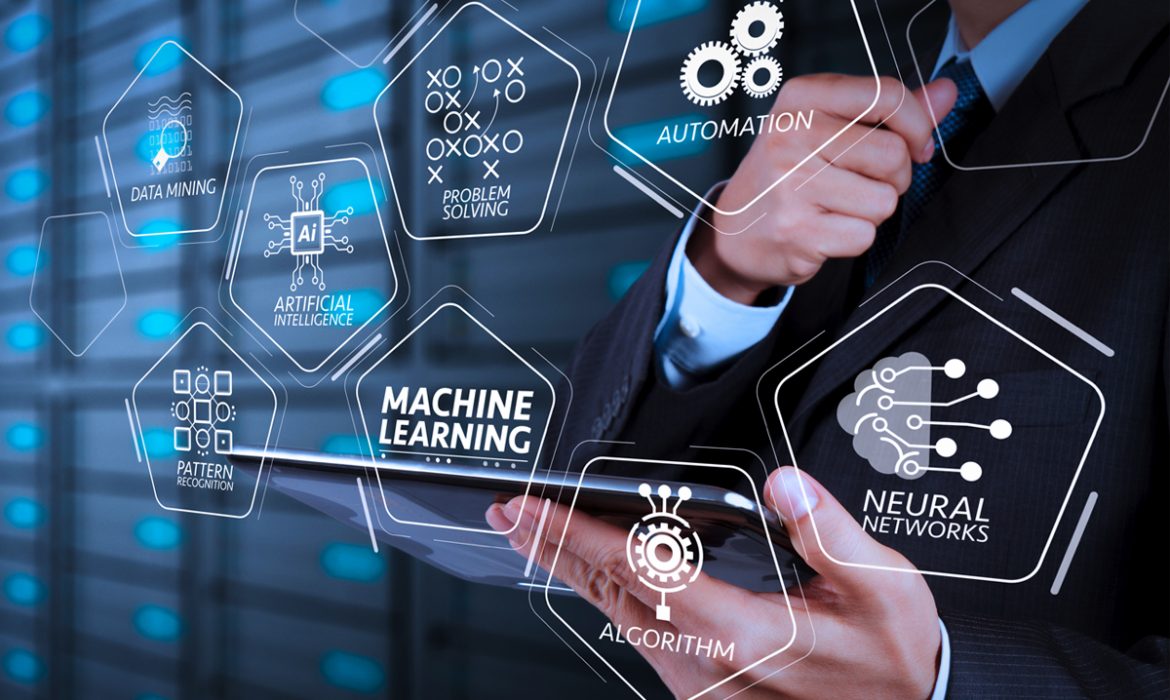Artificial Intelligence (AI) is becoming increasingly sophisticated at carrying out man’s activities, and they do these activities quicker, more efficiently and at a lower cost. AI is arguably the most exciting field in robotics and certainly the most controversial. Revolutionizing different sectors using AI & robotics especially in healthcare, education, government and in our daily living is vast and almost becoming innumerable.
The evolution of smarter AI and more-flexible robotics has helped the two technological innovations to push past having to repeat tasks to take on adaptive and more intelligent applications. Not long ago, the advancement has gone from fairly elementary AI to AI that can defeat humans in very sophisticated board games and make decisions humans are not capable of. Adopting this innovation will create interesting improvement in areas of productivity, service, safety, companionship, transportation and even habitation.
In few decades from now, we will see a rapid change in the mode of carrying out the traditional job functions. The faster we race towards these innovations, the faster we create a proportionate and enormous problem in terms of what we will do if it all becomes a success.
Successful Robots in Industries
The IFR Statistical Department anticipated that between the year 2013 and 2015, worldwide robot sales would increase by about 5% on average annually. In 2015, the yearly supply of industrial robots was also predicted surpassed 200,000 units, with respect to figures released by the International Federation of Robotics, “1.3 million industrial robots will be in use in 2018”. By the year 2019, robot and robotics adoption will have greatly increased by one-third, with 60 percent of Global two thousand high-tech manufacturers deploying industrial robots in their manufacturing operation processes, 45% of these installed industrial robots in 2020 will come with at least one of the intelligent components such as health condition awareness, predictive analytics, peer learning, self-diagnosis, or autonomous cognition.
These five industries are exploiting this new technology to boost efficiency and convenience for both consumers and their businesses.
Health Care
Robotics in health care industries are not designed to take over the responsibilities of health care professionals practices, such as surgery, therapy, rehabilitation, patient companionship, and their everyday activities, rather, it is to make their work easier.
The da Vinci Surgical System, for example, makes use of hand movements of the surgeon to operate and control tiny, precise appliances inside the patient’s body. This allows for the smallest invasive procedures during surgeries such as colorectal, cardiac, gynaecologic, neck and head, urologic, and thoracic. Patients whom have suffered spinal cord injuries, strokes, and paralysis. Robotic devices such as exoskeletons have the capacity to guide and assist them through rehabilitation.

Agriculture
In order to increase productivity while lowering productions costs, the agriculture industry has been consistently working to embrace the different forms of robotic technology available for their sector. Farmers have moved from using mere tractors and harvesters to those that are self-guided by GPS. There has recently been a rise in the trial use of autonomous systems that automate activities like thinning, pruning, spraying, mowing, and weed removal.

Manufacturing
Robots are being used in various aspects of manufacturing to aid in increasing productivity and efficiency while also lowering the cost of production. These machines provided valued precision and speed, since they are able to be programmed and reprogrammed for specific complex tasks and sizes. Robotic Impact in manufacturing industries is also becoming safer to operate. Sensors, cameras and automatic shut-off capabilities provides robots with the sense to stay clear of humans in the workplace.

Military
The public safety and Military sectors are applying robotic technology in many areas. One very visible area comprises of unmanned drones. These drones can be used to support operation on the battlefield through air surveillance. Military drones flying over areas of hostage situations, war and conflict, and for man-made disasters are able to evaluate danger levels and arrange for first respondents and soldiers with real-time information.
Food Preparation
Intelligent Automated robots such as those designed and created by Moley Robotics will be able to prepare and cook a large number of meals in a home or restaurant. This intelligent robotic chef will be controlled using a smartphone, the controller chooses a specific recipe and arranges containers of the ingredients, the robot will be able to cook the meal fast and efficiently.
Robotic devices are already setting wide precedent in several commercial industries. As these robotic technologies become more affordable after production, they will eventually be available in several forms for consumers as well, with the ability to impact our daily lives in countless ways.
